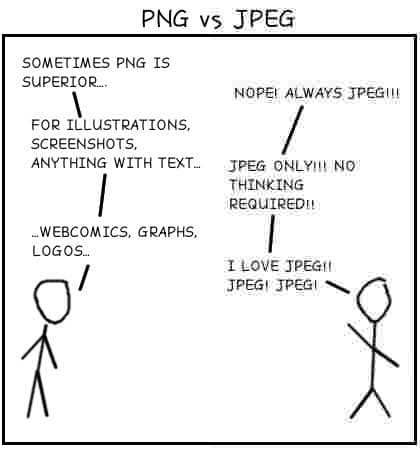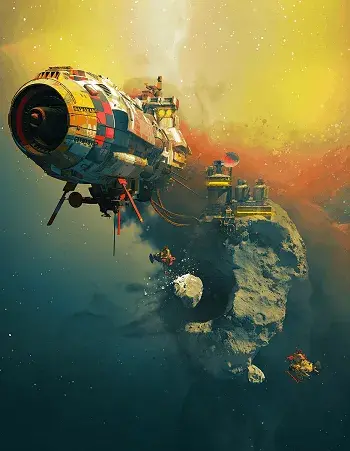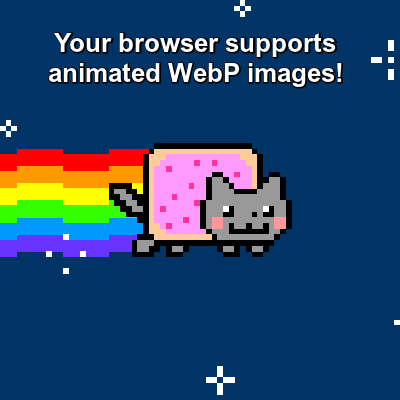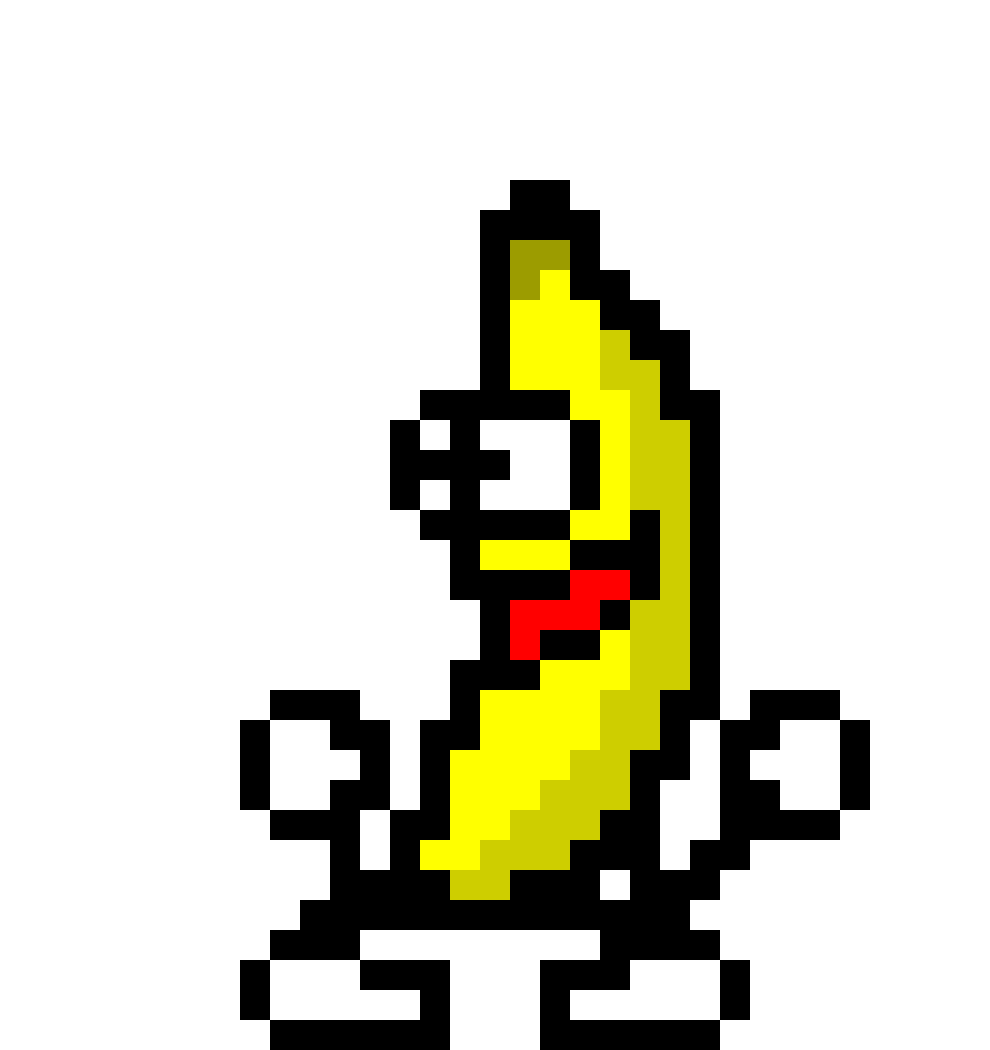Drag & drop your images anywhere
Which image format is best for compression - JPEG, PNG, or WEBP?
1st Place - WEBP. As a general rule, for a “standard”, non-vector image, the smallest image format supported by all major modern browsers is the next-generation WEBP format - capable of reducing image file sizes by 30% more than JPEG (while maintaining the same SSIM quality index), and by 90% more than PNG images while still retaining a comparable high-quality appearance.
2nd Place - The JPEG image format sits in between WEBP and PNG in terms of file size compression.
3rd Place - PNG generally produces the largest file sizes. There are of course exceptions depending on the image particulars.
Relative image sizes (and quality) comparison of PNG, JPEG, and WEBP image formats:
Image Compression Explained
Want to learn more about compression? Please check out the following sections for more details:
Image Conversion Explained
Want to learn more about when, why, and how to convert between different image formats? Please check out the following sections for more details:
PNG vs. JPEG - Quality vs. Compression
How do I convert a PNG to JPEG?
- Drag and drop your PNG image(s) anywhere on the page and select Convert image(s) into JPEG.
- Your PNG image(s) will be instantly converted as a batch into optimized JPEG files, resulting in a considerable reduction in file size.
- In most cases, PNG images converted into JPEG will be 90% smaller in file size.
JPEG vs. PNG: Which is better?
There are specific cases for when it is better to use either JPEG or PNG, depending on your needs.
JPEG images contain lossy compression data, which means that some image data is lost through approximations in order to achieve a higher degree of compression. As a result, image quality may suffer.
When JPEG is best
The JPEG format is particularly suitable for photographs, and “real-world” images where it is able to provide a very high degree of data compression, while the human eye is still incapable of perceiving the noise introduced by the loss of data.
When PNG is best
PNG on the other hand, contains lossless compression data (no data loss), and is more suited towards either:
- Compression of small icon images (for 64 pixel images PNG actually compresses better than JPEG at these scales), or
- Screenshots, illustrated images, charts, or other images where image quality and the reduction of noise matters more than image file size.
Illustration of perceptible noise introduced by lossy JPEG compression vs. lossless PNG compression:

Courtesy: xkcd.com
Why should I convert images from PNG to JPEG?
Whenever the reduction of image file size becomes an important consideration, for example, images on web pages, you should always consider converting PNG to JPEG (or WEBP).
Loading times are important for UX and SEO, and images take up an average 50% of a total webpage's weight, occupying a significant portion of page load times. The faster the site, the more your users will interact with it, the easier it will be indexed, and the higher it will rank on Google.
JPEG vs. WEBP - Universal vs. Next-Gen
How do I convert a JPEG to WEBP?
- Drag and drop your JPEG (or PNG) image(s) anywhere on the page and they will be instantly batch converted to optimized WEPB images, resulting in a considerable reduction in file size.
- In most cases, images converted into WEBP will achieve maximum possible compression without any perceivable loss to image quality.
JPEG vs. WEBP: Which is better?
In virtually all metrics that matter on the web, WEBP is a superior image format to JPEG:
- WEBP offers a much better quality-to-size ratio with roughly 30% better file size compression over JPEG.
- While compressing to substantially smaller file sizes than JPEG, WEBP still offers identical visual quality as JPEG.
- WEBP supports animation - JPEG does not.
- WEBP supports alpha transparency - JPEG does not.
- WEBP supports progressive loading - as does JPEG.
- WEBP is supported by all major modern browsers.
- WEBP supports both lossless image compression, and lossy image compression - whilst JPEG compression is always lossy.
The WEBP image format was developed by google, and while already a few years old, it is still considered the far-superior, next-generation image format for the web. There are some caveats, however, in particular for non-web usage:
- As a much newer image format that the well-established JPEG format, WEBP is not yet supported by Microsoft Office, and many other widely-used desktop applications.
- JPEG is a much more ubiquitous image format, and virtually guarantees support across a wide range of applications and platforms.




